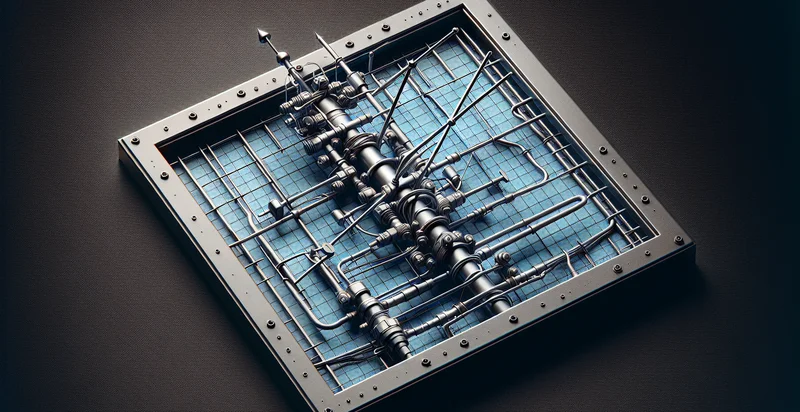Identify what material an antenna is made from
using AI
Below is a free classifier to identify what material an antenna is made from. Just upload your image, and our AI will predict what material the antenna is made from - in just seconds.


Contact us for API access
Or, use Nyckel to build highly-accurate custom classifiers in just minutes. No PhD required.
Get started
import nyckel
credentials = nyckel.Credentials("YOUR_CLIENT_ID", "YOUR_CLIENT_SECRET")
nyckel.invoke("what-material-an-antenna-is-made-from", "your_image_url", credentials)
fetch('https://www.nyckel.com/v1/functions/what-material-an-antenna-is-made-from/invoke', {
method: 'POST',
headers: {
'Authorization': 'Bearer ' + 'YOUR_BEARER_TOKEN',
'Content-Type': 'application/json',
},
body: JSON.stringify(
{"data": "your_image_url"}
)
})
.then(response => response.json())
.then(data => console.log(data));
curl -X POST \
-H "Content-Type: application/json" \
-H "Authorization: Bearer YOUR_BEARER_TOKEN" \
-d '{"data": "your_image_url"}' \
https://www.nyckel.com/v1/functions/what-material-an-antenna-is-made-from/invoke
How this classifier works
To start, upload your image. Our AI tool will then predict what material the antenna is made from.
This pretrained image model uses a Nyckel-created dataset and has 21 labels, including Aluminum, Brass, Bronze, Carbon Fiber, Ceramic, Copper, Copper Alloy, Fiberglass, Galvanized Steel and Gold.
We'll also show a confidence score (the higher the number, the more confident the AI model is around what material the antenna is made from).
Whether you're just curious or building what material an antenna is made from detection into your application, we hope our classifier proves helpful.
Related Classifiers
Need to identify what material an antenna is made from at scale?
Get API or Zapier access to this classifier for free. It's perfect for:
- Material Quality Assessment: This function can be utilized to determine the materials used in antennas, which is critical for ensuring product quality. By identifying the material composition, manufacturers can select suitable materials that meet performance and durability requirements.
- Regulatory Compliance Verification: Organizations in the telecommunications industry can use this identifier to verify that antenna materials meet regulatory standards. This capability helps companies avoid fines and ensures safe operation across various frequency bands.
- Supply Chain Optimization: By analyzing the material composition of antennas, businesses can enhance their supply chain decisions. Understanding which materials perform best can reduce costs and improve sourcing strategies by identifying reliable suppliers of high-quality materials.
- Performance Benchmarking: Companies can leverage this function for performance benchmarking against competitors' antennas. By identifying the materials used by industry leaders, businesses can adjust their own designs to optimize performance and maintain market competitiveness.
- Environmental Impact Assessment: The functionality can be used to evaluate the environmental footprint of antennas by identifying harmful materials. This information aids companies in making eco-friendly choices in material selection and aligns with sustainability initiatives.
- Custom Antenna Design: Engineers can use this identifier in the R&D phase of custom antenna design. By analyzing the material properties, they can craft antennas that meet specific performance criteria for unique applications, such as satellite communications and IoT devices.
- Cost Analysis for Maintenance: Service providers can apply this function to predict maintenance costs based on antenna materials. Understanding the material composition enables more accurate forecasting of wear and tear and assists in planning budgets for repairs or replacements.


